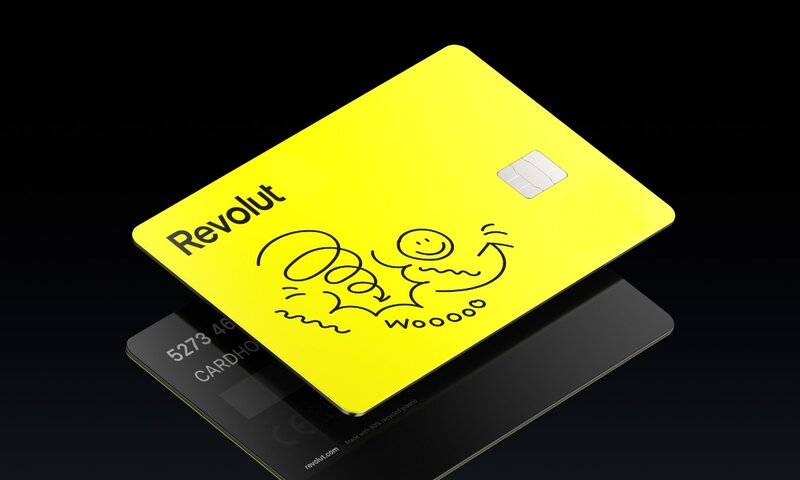If you need to borrow some more money, you can use your car, boat, motorbike or almost anything else of value to secure a personal loan, depending on the lender. But they’re not the only things you can use. You can also use the equity in your home as security, potentially getting lower interest rates and more favourable loan terms.
Here’s how personal loans secured by equity work.
In the market for a personal loan? The table below features personal loans with some of the lowest interest rates on the market.
What is a personal loan secured by equity?
A secured personal loan is a loan secured against something you own; in this case, the equity (the value you own) in your home.
A personal loan secured by the equity in your home works in the same way as any other secured personal loan. You will need to provide the lender with details of your mortgage and how much equity you have built up, as this will help determine how much you can borrow. Other factors, such as your financial position, credit history, and ability to repay the loan will also help determine how much you can borrow.
Because you’re putting up an asset (the equity in your home) as security for the loan, you may be able to get a better interest rate because of the lowered risk to the lender. Savings.com.au research shows the average secured personal loan interest rate is around 8% p.a, while the average unsecured personal loan interest rate is closer to 12% p.a.
However, while secured loans might give you a better rate, you’re also taking a risk if you can’t repay the personal loan as the lender could seize the asset - in this case, your home - to recoup the debt. Unsecured loans don’t have this problem.
You don’t need to apply for a personal loan with the same lender that you have your mortgage with, although it’s always worth checking what secured personal loan options your current lender offers.
How to work out your usable equity
At its simplest, your equity in the home is the value of the property minus the amount you still owe on the mortgage.
For example, let’s say your home is worth $850,000 in today’s market and you still owe $450,000 on your mortgage. As a general rule, most banks will only lend you up to 80% of your home’s current value. With that in mind, here’s how to calculate your usable equity.
Your home's value: $850,000 x 0.80% = $680,000
The amount still outstanding on your mortgage: $450,000
Potential usable equity: $680,000 - $450,000 = $230,000
So if your home is worth $850,000 and you still owe $450,000 on your mortgage, you have $230,000 of usable equity that you could use to secure a personal loan with. Keep in mind this doesn’t necessarily mean you will be automatically approved for that loan amount, as you’ll still need to go through the lender’s usual approval process.
What can you use a personal loan secured by equity for?
There aren’t many restrictions around what you can and can’t use a personal loan for. You can use a personal loan to finance a car, a holiday, a wedding or engagement ring, home renovations, big-ticket items for your home, or to consolidate debt. There are even ‘green’ personal loans primarily to be used to make your home more energy-efficient.
Risks of a personal loan secured by equity
If you default on the loan, the lender may be able to sell your home to recoup the debt you owe. It can be very risky to use your home equity as security for the loan if you aren’t completely confident in your ability to repay that debt, which is why it’s important to consider your financial position and whether using equity as security for the loan is the right move for you.
Don’t forget, you can always opt for an unsecured personal loan, although these loans can attract higher interest rates because of the added risk to the lender. You may also not be able to borrow as much with an unsecured personal loan as you can with a secured personal loan.
Alternatives to using a personal loan secured by equity
If you want to use the equity in your home to help finance something, there are other ways you can tap into your home’s equity:
Refinance
One of the most popular ways to borrow against the equity in your house is to refinance your mortgage. Refinancing is when you switch home loans and if your property has grown in value, your lender may allow you to refinance based on the new value which could unlock any equity you’ve built up.
By refinancing you could also unlock a better interest rate on your mortgage, however you’re essentially borrowing more money. This means your principal and interest (P&I) repayments will be bigger and the loan will take longer to repay.
Line of credit
A line of credit loan is a form of revolving credit that lets you access some of the equity you’ve built up in a property to satisfy short or long-term needs. It kind of acts like a ‘credit card for your house’ if you will. You can withdraw up to a certain amount (the credit limit) which your lender will determine.
Just like a credit card, line of credit loans only charge interest on the amount you’ve used, not the entire credit limit. So if you’ve been approved for a line of credit loan of $150,000 but you only withdraw $50,000, you will only be charged the interest rate on the $50,000 you’ve withdrawn, not the entire $150,000.
Redraw facility
If you make any extra repayments on your mortgage beyond the required minimum monthly or fortnightly repayment, you can access these extra repayments through a redraw facility if your mortgage has one.
Savings.com.au’s two cents
Using your home’s equity as security for a personal loan can allow you to borrow a larger amount of money, but be mindful of the risks of using equity as security. There are other ways you can tap into your home’s equity if you need to finance a bigger purchase, such as a renovation, including a line of credit loan or a redraw facility.
Photo by PhotoMX Company from Pexels





 Harrison Astbury
Harrison Astbury
 Harry O'Sullivan
Harry O'Sullivan